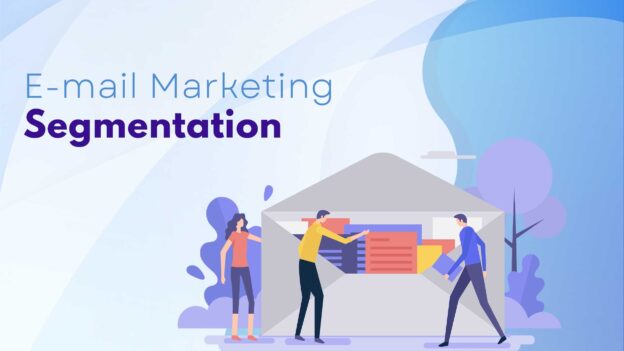Here are some strategies to help you enhance your e-commerce customer experience:
1. User-Friendly Website Design:
- Ensure your website is easy to navigate with clear categories, a search bar,
and intuitive menus. - Optimize for mobile devices, as a growing number of shoppers use smartphones for online shopping.
2. High-Quality Product Images and Descriptions:
- Use high-resolution images that allow customers to zoom in and see product details.
- Provide accurate and detailed product descriptions, including specifications, sizes, and materials.
3. Fast Loading Speed:
- Optimize your website’s speed to reduce loading times. Slow websites can deter potential customers.
4. Streamlined Checkout Process:
- Make the checkout process as simple and fast as possible. Reduce the number of steps and require minimal information.
5.Multiple Payment Options:
- Offer a variety of payment methods to accommodate different customer preferences, including credit cards, PayPal, Apple Pay, Google Wallet, etc.
6. Transparency and Trust:
- Display customer reviews and ratings for products to build trust.
- Clearly communicate shipping costs, return policies, and delivery times.
7. Personalization:
- Use customer data to personalize product recommendations and marketing messages.
- Greet customers by their names and provide tailored content.
8. Responsive Customer Support:
- Offer multiple channels for customer support, such as live chat, email, and phone.
- Respond to inquiries promptly and professionally.
9. Easy Returns and Exchanges:
- Implement a hassle-free return and exchange policy to give customers
confidence in their purchases.
10. Loyalty Programs:
- Create a loyalty program that rewards repeat customers with discounts,
exclusive offers or points that can be redeemed.
11. Social Proof and Social Media Presence:
- Leverage social media platforms to engage with customers and showcase
your products. - Encourage customers to share their purchases on social media.
12. Clear Call to Action (CTA):
- Use clear and compelling CTAs to guide customers through the buying process.
13. Product Recommendations:
- Use algorithms to suggest related or complementary products to increase the
average order value.
14. A/B Testing:
- Continuously test different elements of your website and marketing to see
what resonates best with your audience.
15. Email Marketing:
- Send personalized and relevant email campaigns, including abandoned cart
reminders, product recommendations, and exclusive offers.
16. Continuous Improvement:
- Regularly gather feedback from customers and use it to improve your website
and customer service.
17. Security and Privacy:
- Ensure that customer data is secure and that you comply with data protection
regulations.
18. Sustainability Initiatives:
- Consider eco-friendly packaging options and communicate your commitment
to sustainability.
19. Community Building:
- Create a sense of community around your brand through forums, social media
groups, or other online platforms.
20. Measure and Analyze:
- Use analytics tools to track customer behavior, conversion rates, and other
key metrics to make data-driven improvements.
Conclusion
By consistently working on these strategies, you can enhance the customer experience in your ecommerce business, leading to increased customer satisfaction and loyalty.



COMMENTS
No Comment have been posted.LEAVE A RESPONSE